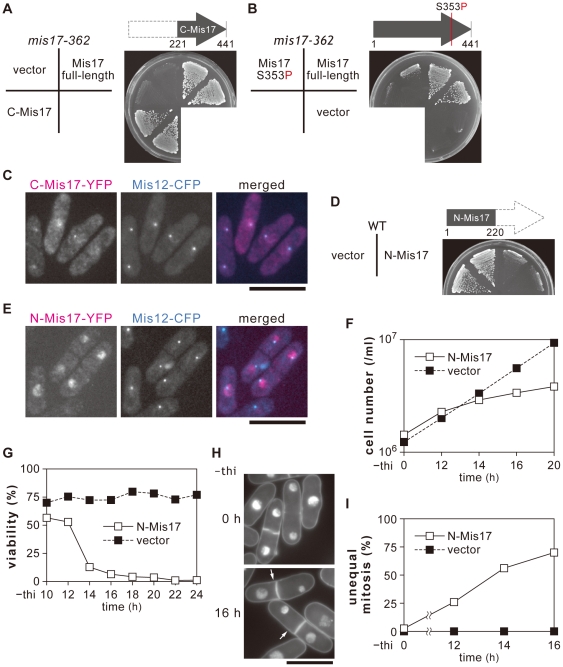Figure 2. Overproduction of N-Mis17 is toxic.
A–C. Plasmid REP41 carrying the wild-type C-Mis17 gene (the carboxy-terminal half of Mis17) under the nmt1 promoter was made and introduced into the mis17-362 mutant. When the C-Mis17 was moderately expressed in the presence of thiamine, the plasmid rescued the ts phenotype (A). Plasmid carrying Mis17 with the substitution mutation (Mis17 S353P) failed to rescue mis17-362 (B). The mutant was not rescued by the control vector, but was rescued by plasmid carrying the wild-type full-length Mis17 gene. To visualize the localization of C-Mis17, plasmid carrying the C-Mis17-YFP was introduced into a strain that was also chromosomally integrated with Mis12, an authentic centromere/kinetochore gene that had been tagged with CFP and expressed under the native promoter. C-Mis17-YFP was overexpressed at 26°C for 16 h in the absence of thiamine (the mildest level of overexpression by the promoter nmt1 REP81). The signals of C-Mis17-YFP were localized at the centromere/kinetochore dots (C, Bar, 10 µm). D. N-Mis17 plasmid (REP41) inhibited colony formation of the wild-type strain in the absence of thiamine. E. N-Mis17-YFP in the plasmid REP81 was expressed in the strain that also carried Mis12-CFP, and observed 16 h after overexpression in the absence of thiamine at 26°C. Bar, 10 µm. F-G. The cell number of the strain carrying plasmid N-Mis17 (REP41 promoter) was counted after overexpression in the absence of thiamine (−thi) at 33°C (F). The cell viability was measured by plating the wild-type carrying vector or REP41 plasmid carrying N-Mis17 (G). After 16 h in the absence of thiamine, the majority of wild-type cells carrying N-Mis17 had lost viability. H–I. DAPI-stained S. pombe wild-type cells carrying the plasmid N-Mis17 fragment (REP41 promoter) after 16 h in the absence of thiamine at 33°C (H, Bar, 10 µm). Arrows indicate cells showing the large and small daughter nuclei typical for defects in centromere-binding proteins. Quantitative data for the frequency of chromosome missegregation were obtained by counting the number of unequal-mitotic cells in binuclear ones (I).

